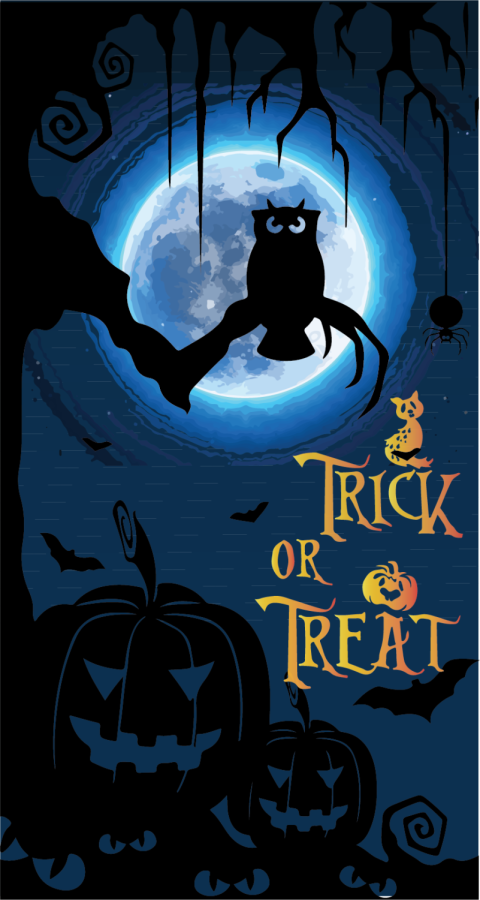Halloween is overhyped, excessive
October 4, 2021
It’s time for pumpkins and sweaters to usher in the new fall season. But with the changing seasons, Halloween merchandise is promoted at major grocery stores. Walmart displayed their Halloween-themed candies and costumes in early August.
Halloween may have been pertinent when it first started, but it has become overrated and lost its relevance. Now it’s just an excuse to dress up, watch cheesy movies and gorge on candy.
The custom stems from the ancient Celtic celebration of Samhain when people would light bonfires and dress up in costumes to fend off spirits.
Halloween has developed into a day of activities such as trick-or-treating, carving jack-o-lanterns, celebratory parties, dressing up in costumes, eating sweets and watching horror movies.
Trick-or-treating is the most common Halloween tradition where children in costumes snatch candy from their neighbor’s houses. This seemingly innocent practice increases the chances of children developing dental issues such as cavities.
Halloween candy is just as bad. Common candies like Pixy Sticks are just colored sugar and Dubble Bubbles lose their flavor the minute you put them in your mouth.
According to UConn Today, an average Jack-O-Lantern bucket carries about 250 pieces of candy amounting to about three pounds of sugar.
Not every child will eat all this candy, but it is a possibility.
Not all guardians regulate how much or how often their children eat candy. Unregulated children are at a much higher risk of developing dental cavities.
What’s worse is the terrible quality of Halloween costumes and candy. Cheap polyester designed and colored to look like personalities or media characters are tagged with outrageous prices way above their quality.
It is customary for people to spend hundreds of dollars on costumes that they will only wear once.
According to the NRF’s annual survey, the average consumer is expected to spend roughly $100 on costumes, candy, decorations and greeting cards.
All these activities have one commonality—contact with others.
While the CDC has offered recommendations of social distancing and wearing a mask, this does not protect Halloween enthusiasts from the increased crime rate.
There are roughly 17% more crime-related claims on Halloween, according to CBS News.
Halloween should be a time for introspection about the darkest aspects of your life rather than the overrated, pricey holiday it has become.



